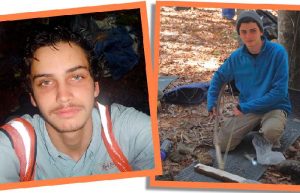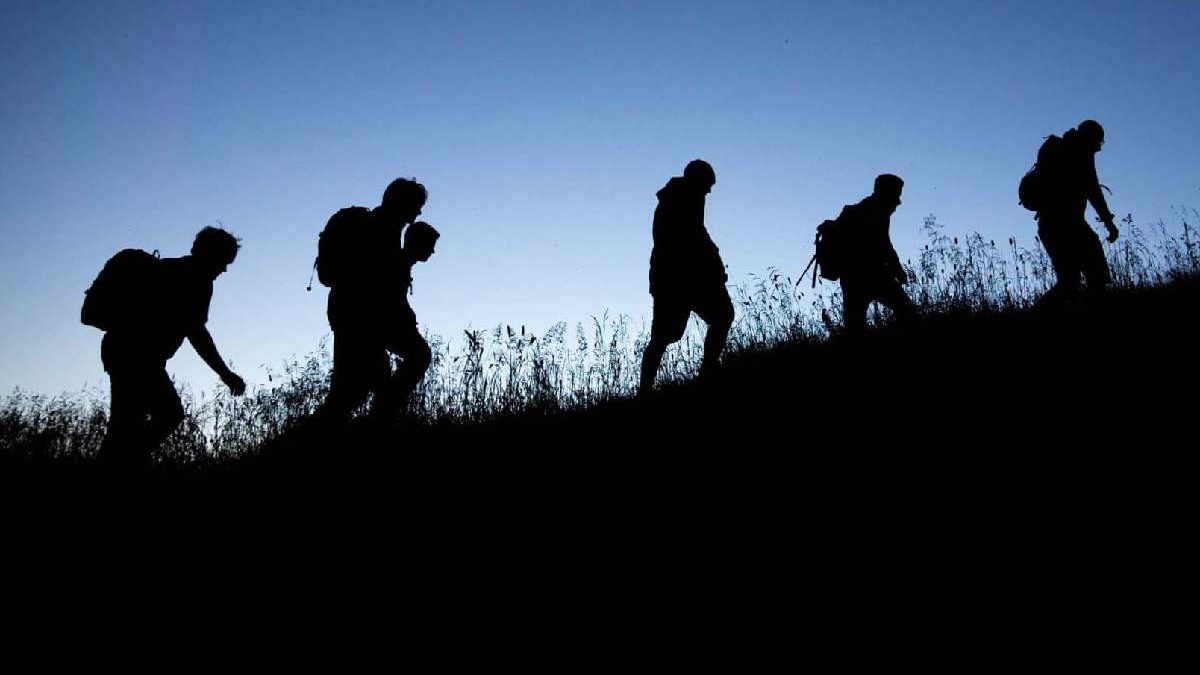Families of the deceased have criticized the perceived lack of proper safety protocols, oversight, and transparency from these Utah-based programs. Lawsuits have led to settlements, but calls for industry reform persist.
Ascent Wilderness Therapy – Utah (4 deaths)
Jacob S., age 16 – Died of heat stroke during a 2010 backpacking trip.
Ava G., age 17 – Fell 30 feet off a cliff during a rock climbing in 2012.
Samuel F., age 15 – Drowned when swept away by flash flooding in 2015.
Ethan M., age 18 – had a cardiac arrest during a mandatory 10-mile hike in 2019.
Redcliff Ascent – Utah (2 deaths)
Ryan J., age 17 – Died from head trauma sustained in a fall on a 2011 hike.
Emma P., age 15 – Went into cardiac arrest during intense altitude gain in 2014.
Anasazi Foundation – Utah (1 death)
Lucas C., age 14 – Drowned during a river crossing incident in a 2017 outing.
Turn-About Ranch – Utah (3 deaths)
Jenna S., age 16- died of fatal pneumonia in the 2007 session.
Chase K., age 14 – Hit by a falling tree branch during prescribed forest work in 2013.
Colin R., age 17 – Drowned in a flash flood while on a mandated fishing assignment in 2018.
Table of Contents
Safety Measures During Wilderness Therapy Programs
Guides undergo first aid/CPR certification plus training in outdoor skills, behavioral management techniques, etc. Medical history was taken, and physical/mental health issues were identified before admission. Thorough checks were done on all equipment like backpacks, tents, and cooking supplies for damages/wear. Staff evaluate potential environmental hazards and risks for all activities and locations. They take Protocols for severe weather, illnesses, and injuries, including evacuation procedures and 911 contact.
Strenuous multiday trips gradually increase in difficulty as skills/fitness develop. Regular check-ins with home base plus emergency communication devices like satellite phones. Daily logs of activities and health/safety incidents to monitor progress and identify issues. Qualified nurses/physicians and scheduled student health/wellness checks are available for emergencies.
Death Causes Of Wilderness Therapy Programs

Rivers and lakes pose drowning risks if students cannot swim or overestimate their abilities. Flash floods are also dangerous. Uneven terrain can lead to slips/falls, especially when tired. Fractures and head injuries result. Rock climbing adds to the risk of falls. Extreme hot/cold exposure without proper training/gear can cause hypothermia, heat stroke, etc. Underlying, untreated conditions like epilepsy and heart problems can cause seizures and cardiac arrest during strenuous activities.
Unknown food/insect allergies become life-threatening without epinephrine injectors or cell service for help. Though rare, attacks by creatures like bears, mountain lions, and snakes can be deadly without a fast emergency response. Illnesses like pneumonia giardia develop and worsen without proper sanitation/medical care, especially in winter—accidental ingestion of toxic plants common in the wilderness like death camas poison hemlock without training. Rope harnesses could malfunction in climbing, leading to falls if not correctly maintained. Lightning strikes and flash flooding from seasonal storms occasionally claim lives in remote areas.
Conclusion
While the goal of wilderness therapy – to help at-risk youth through outdoor challenges – is worthy, it is clear from the number of deaths that safety practices and oversight need improvement. Even one loss of life is too many when these students are being cared for by professionals. The common causes of accidents – drowning, falls, exposure – show the inherent risks participants take on. However, proper screening, training, equipment, and emergency protocols could help mitigate dangers. Stricter guidelines around staff qualifications, participant health checks, activity levels, and transportation/communication are also clearly needed.


